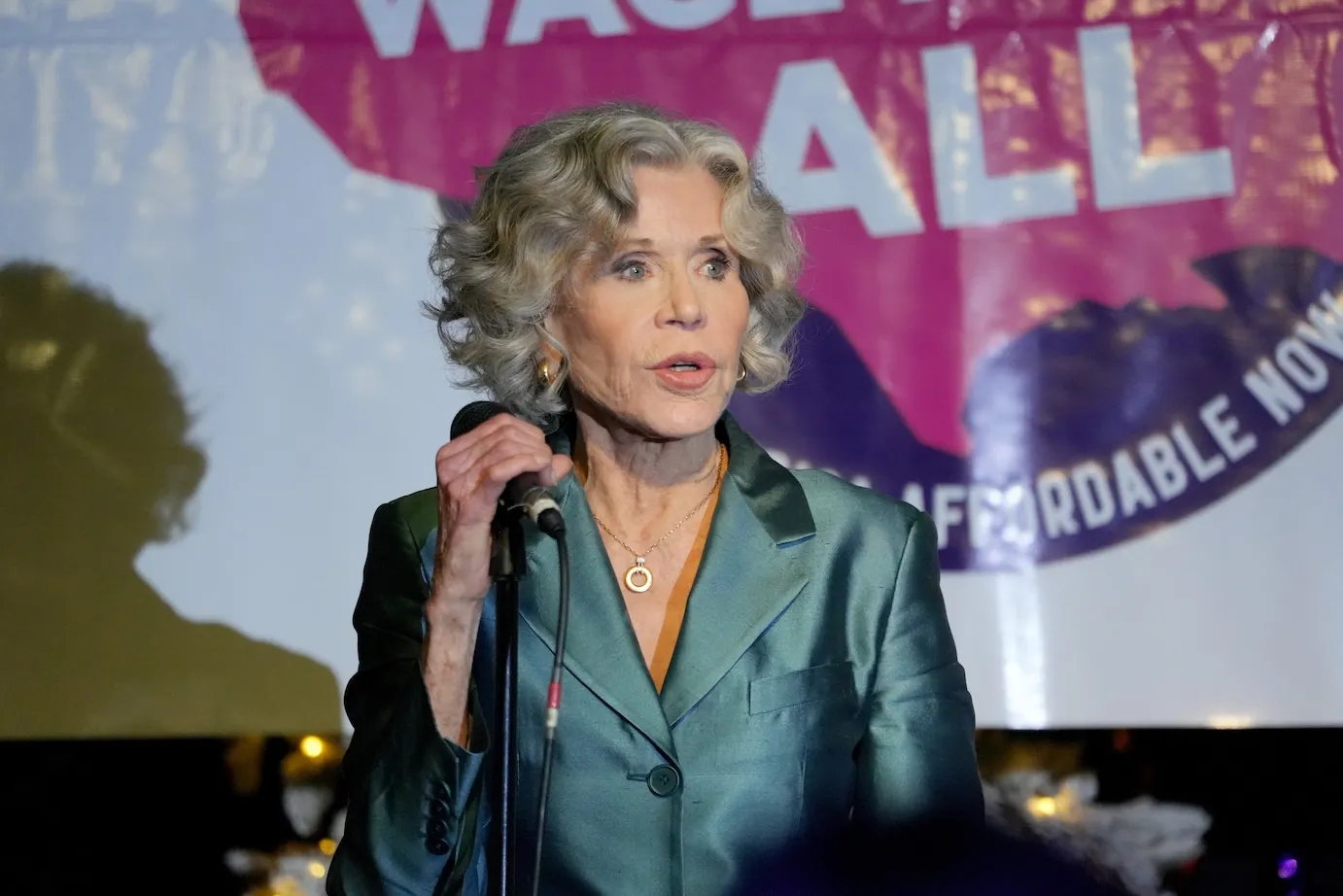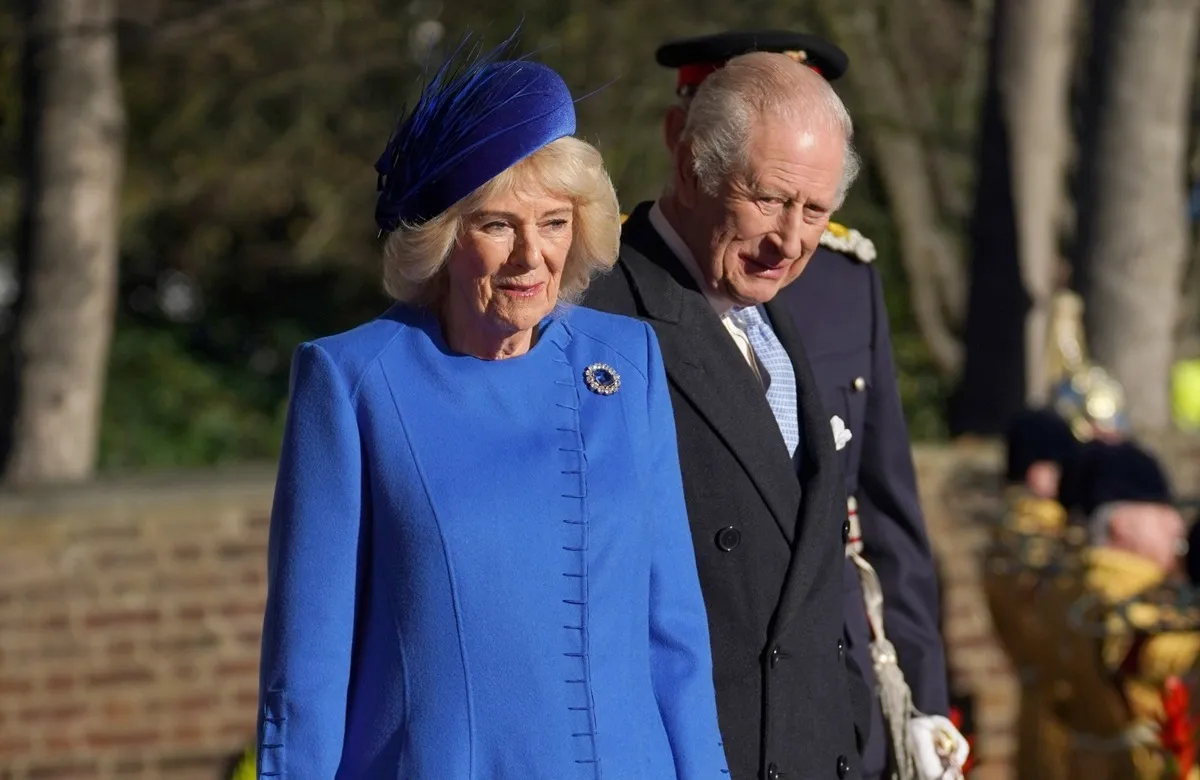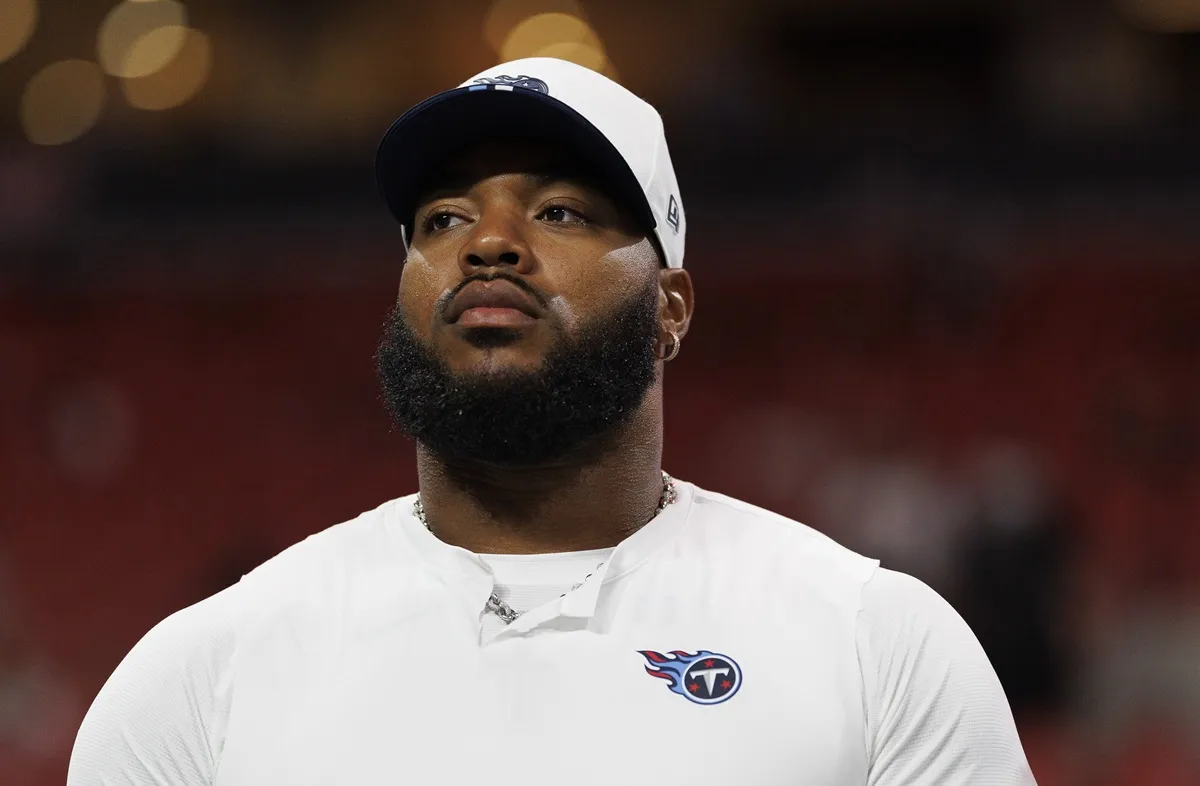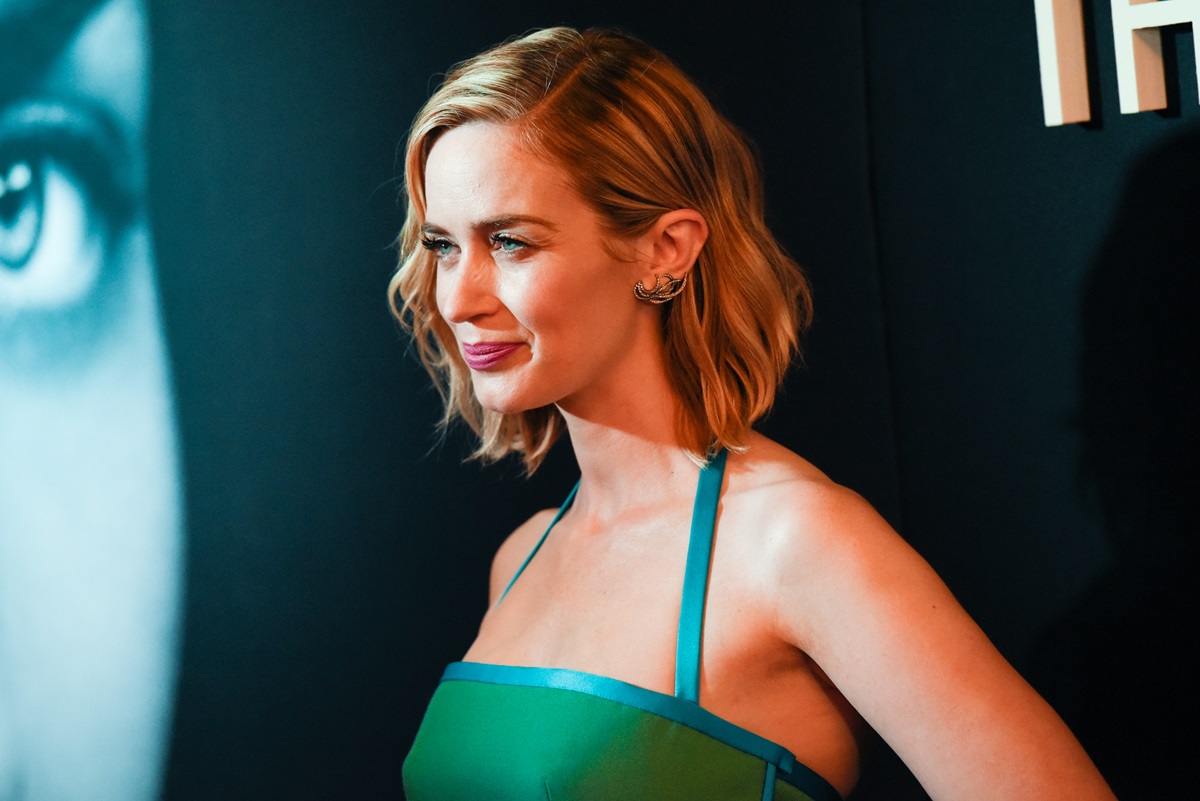
Emily Blunt Once Shared Her Pregnancy Helped Her Performance in ‘Girl on the Train’
Emily Blunt had a difficult time filming certain scenes in her feature Girl on the Train. The actor was expecting a child while shooting the film, making it difficult to get too physical. But she later realized performing while pregnant actually served her performance in another way.
Emily Blunt benefited from being pregnant on ‘Girl on a Train’
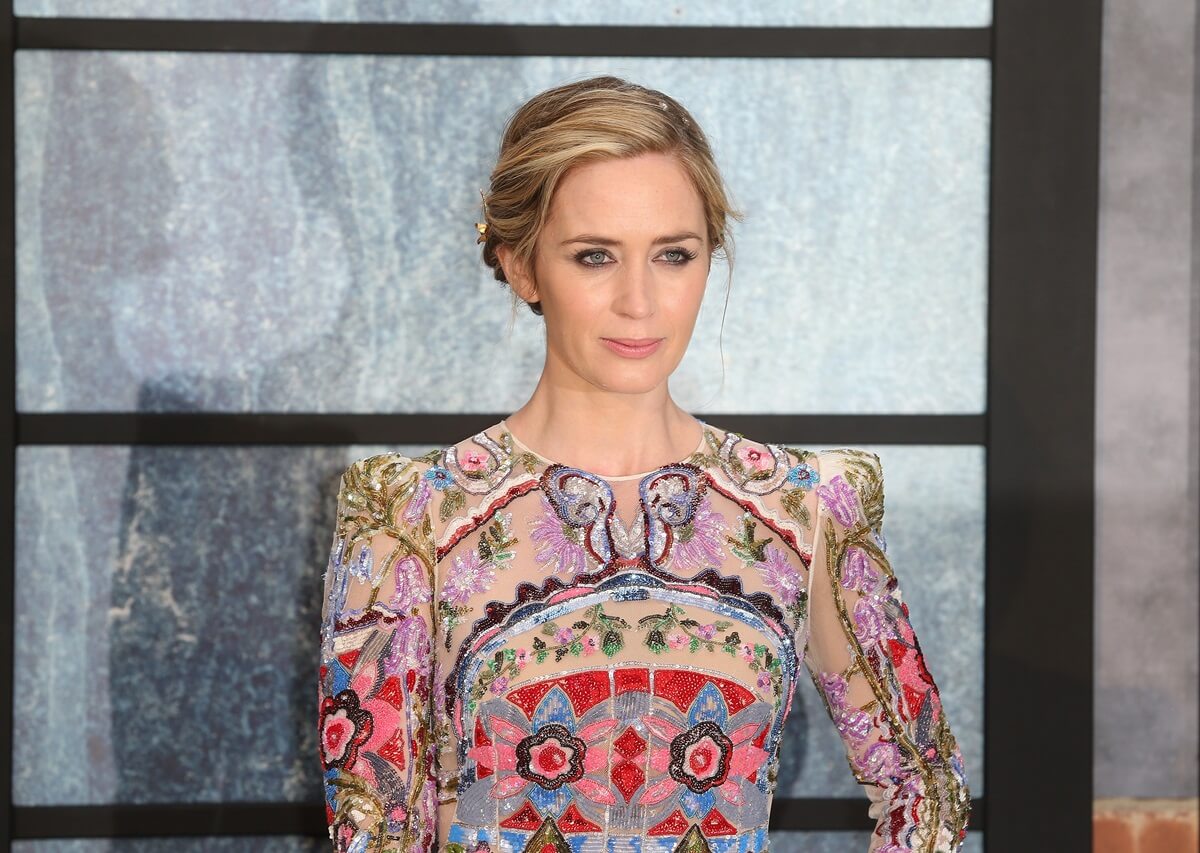
Blunt was able to deliver one of her most critically praised performances with Girl on the Train. She played a disturbed woman in the feature with severe memory issues who gets caught up in a murder investigation. The actor was drawn to the movie for its character as much as she was drawn to the film’s story. Her character, Rachel, broke away from certain traditional stereotypes that were often seen in leading ladies.
“With so many movies, women are held to what a man considers a feminine ideal,” Blunt once told The Hollywood Reporter. “You have to be pretty. You have to be ‘likable,’ which is my least favorite bloody word in the industry. Rachel isn’t ‘likable.’ What does that mean? To be witty and pretty and hold it together and be there for the guy? And he can just be a total drip?”
Girl on the Train allowed Blunt to further flex her acting range and sink into a part that wasn’t too glamorous. However, Blunt was expecting a child, which limited some of her performance.
“It turned out to be a much more physical role than I had anticipated,” Blunt said. “She gets in a fair few tussles and gets knocked around a bit by various characters. Justin guessed because we’re very good friends. We were going over the final sequence, and I was being a bit wussy about some of the stunts. He pulled me aside and was, ‘What is with you? Are you pregnant?’ And I was like, ‘Yes.’”
But the creative benefits of being pregnant seemed to outweigh its physical restrictions. The character of Rachel experienced heavy substance abuse problems. The queasiness that came with Blunt’s pregnancy symptoms made it easier to act out Rachel’s drunkenness.
“John [Krasinski] said to me, ‘Oh my God, you look like a ghoul,’” she recalled.
The reality show Emily Blunt binge-watched for research
Blunt initially considered method-acting to immerse herself in her Girl on the Train role. Her plan was to actually get drunk, and have her husband Krasinski film her intoxicated behavior. But she ditched the plan after learning she was pregnant and used the show Intervention for research. The reality series focused on several entertainers and celebrities overcoming their own addictions. It wasn’t method acting, but Blunt seemed confident Intervention was a nice substitute.
“That one was important because I don’t have an addictive personality whatsoever, and so to see it in action was helpful for me because I am having to physically portray an alcoholic, as well; it wasn’t just about understanding the mindset,” she once told Refinery 29. “I had to figure out how to portray someone who is wasted drunk, because I think any time any of us have been wasted, you can’t remember what you looked like during it! Thankfully I don’t think anyone’s ever filmed me when I was blackout drunk, so I had to really study that. I also couldn’t actually be drunk while filming because I was pregnant. No method prep or hardcore stunts for me!”
Why Emily Blunt felt movies like ‘Girl on the Train’ are important
Blunt hoped that features like Girl on the Train would someday become more common in the film industry. The Quiet Place star felt the movie was a step in the right direction as far as the way female actors were portrayed in mainstream films.
“We have to keep making films like The Girl on the Train where you have three very multi-faceted roles for women,” Blunt said. “Sometimes I wish we would talk less about it and do more about it. There’s a lot of talk about it, which just cements the issue further rather than actually moving the needle. We need to be creating roles where you’ve got diversity, creating roles where you’ve got very multi-layered female characters, and I think we need to hire more female writers and more female producers.”
